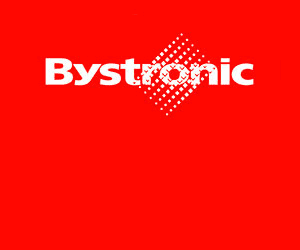Student project Sailwind 4 will reuse old windmills for power generation, with cash and free components from igus
Traditional windmills have powered mills for centuries, some for 3,000 years. Students from HTWG University of Applied Sciences in Konstanz, Germany, are converting these ancient windmills with high-tech components to produce green power, in a project called Sailwind 4. igus has supported the project with 10,000 euros and has provided the young engineers with lubrication-free linear guides and polymer bearings, which ensure low-maintenance operation of the windmills.
To move to greener power, wind turbines are being installed worldwide, but many locations are impractical for the giant turbines. And nature conservation and planning often prevents turbine installation. But this has not deterred students at the Konstanz University of Applied Sciences, Technology, Economics and Design. They plan to reuse old small windmills to generate green electricity.
In the Sailwind 4 project, young engineers built a replica of a Greek sail windmill, the oldest known device for the use of wind energy – and today a cultural asset across the Mediterranean. While 3,000 years ago these drove mechanisms for milling grain, they will now provide green electricity with a generator. The big advantage is that thousands of mills are already in place and can be retrofitted as mini-power plants for green electricity.
igus on board as the first sponsor
igus is enthusiastic about the compact wind power plant and was the first company to sponsor Sailwind 4. “igus has the goal of being CO2-neutral with buildings and production by 2025, but at the same time we are also thinking beyond the boundaries of the company,” says Matthew Aldridge, managing director at igus UK. “That’s why igus is supporting the Sailwind 4 project with 10,000 euros and providing these students with free components for the construction of new windmills, where some sites may be suitable for installing new, similarly designed windmills”
“igus is known for its commitment to innovative projects by pupils and students,” says Professor Dieter Schwechten, who initiated Sailwind 4 together with Professor Ditmar Ihlenburg, both of the Konstanz University of Applied Sciences. “We are very pleased to have secured the company as our first partner and hope to be able to win even more industry supporters for the project.”
Lubrication-free components from igus reduce maintenance costs
The students began building the first windmill in 2023. Visually, it will retain the characteristics of the historical windmill: the cylindrical mill body, the tapered roof design, and also the wing rods, located on the rotating main shaft. However, the student engineers will attach high-tech sails and connect the shaft to a power generator. With a wind force of 14 m/s, this wind turbine should then be able to generate 5 kWp (kilowatt peak) of electricity – enough to supply a restaurant, small hotel or small business.
The small wind turbine could also be combined with a photovoltaic system and battery storage system. “Local, sustainable power generation with wind and sun in combination has great advantages for many regions, because both complement each other well in terms of climate,” says Prof. Schwechten. At the same time, the systems should work as autonomously as possible. “We have set ourselves the mechatronic task of fully automating the operation of the sail windmill, as with large wind turbines,” explains Schwechten. “After all, there are no millers to operate them today!”
This automation is where the components provided by igus are used. For example, linear guides for motorized trimming of the sails. In addition, a slewing ring bearing for the rotor and many plain bearings made of high-performance plastic will be used. All igus components are robust, fail-safe, corrosion-free, lubrication-free and maintenance-free, a definite advantage for upgrading old windmills in the Mediterranean climate known for wind, sun and water.










Leave a Reply